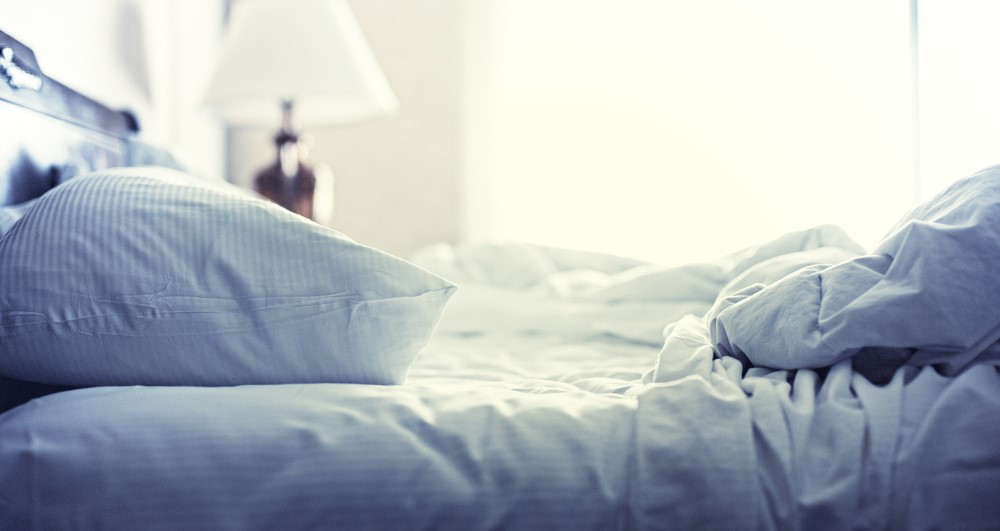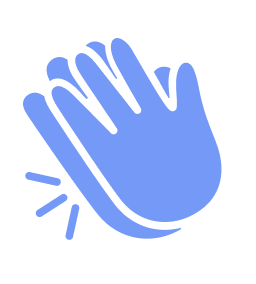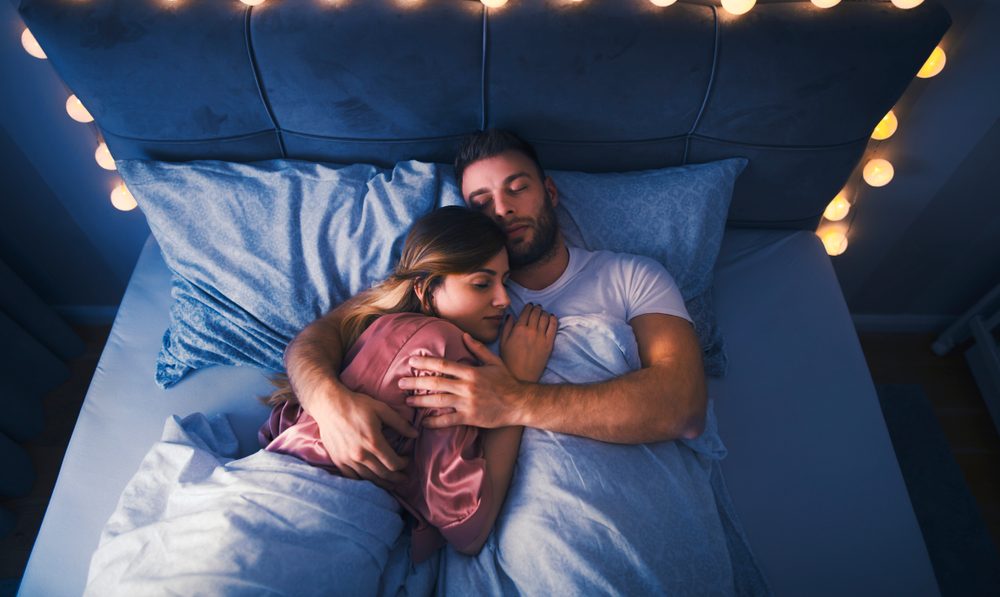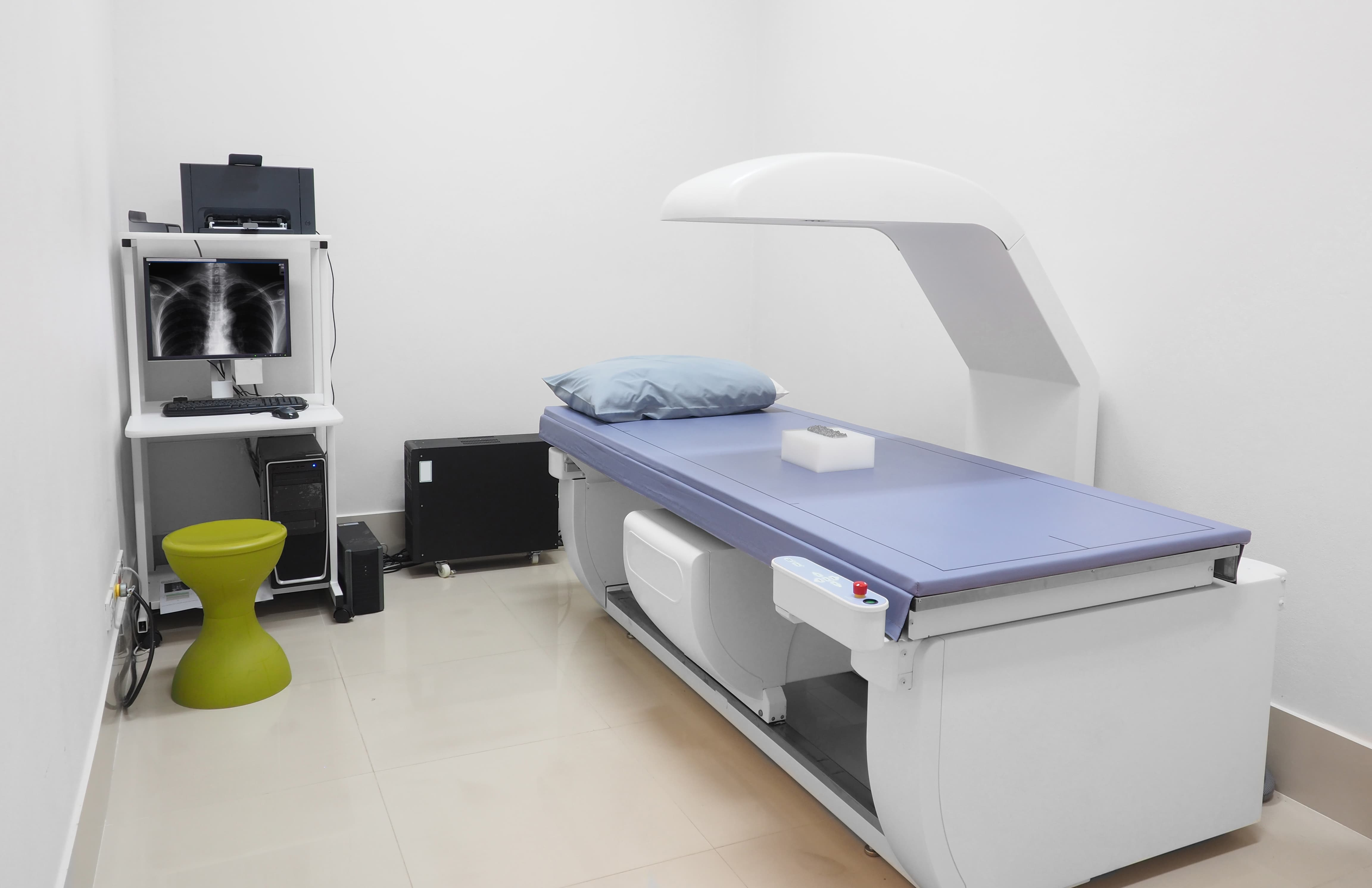After years of intense research, you might find it difficult to believe scientists still aren’t 100% sure why we sleep. Researchers, though, are busy at work studying and analysing the effects of sleep deprivation and the science behind sleep.
In studying these issues, they hope to get one step closer to understanding the actual reason behind why we go to sleep. Scientists have found that sleep is a complex and intricate process involving every system of the human body.
For example, areas of the brain regulate and release hormones that help us get to sleep. While there is still much to learn, current research gives us a glimpse into sleep processes and their role in our general health and well-being.
The anatomy of sleep

As mentioned, many parts of the body and brain are involved in the sleep process. Here we look at a few of the most critical parts of the anatomy that are involved in helping us to get sleep.
Hypothalamus
Although the hypothalamus is the size of a peanut, it packs a real punch when it comes to the sleep process. It’s comprised of cells that are specifically involved in sleep and arousal.
The ‘suprachiasmatic nucleus’, or the SCN, is also found within the hypothalamus and comprises millions of cells responsible for receiving information directly related to light exposure and drowsiness.
When your SCN is not working efficiently, it can disrupt your circadian rhythm and, subsequently, your sleep pattern. Blind people, though, can sense light and adjust their sleep cycle accordingly.
The brain stem
The brain stem is responsible for communicating with the hypothalamus and is found at the brain’s base. Its main role is to regulate the transition from drowsiness to alertness and houses the medulla, pons and midbrain.
GABA is a chemical produced by the body to regulate brain activity, and the brain stem and hypothalamus play a critical role in its regulation.
Furthermore, the brain stem is a critical player in the REM sleep process as it helps the muscles relax, inducing tiredness.
Thalamus
The thalamus and the cerebral cortex relay information to each other, which helps to control both information and short and long-term memory. The thalamus is ‘muted’ during non-REM sleep stages and helps you relax and forget the day’s stresses.
Pineal gland
Most people have heard of the pineal gland but are unaware of its essential role in sleep. Situated in the brain’s two hemispheres, the pineal gland communicates with the SCN to boost melatonin production, a hormone that helps you sleep.
Those unfortunate enough to lose their sight are unable to sync their circadian clock using natural light. In these cases, experts have found that taking melatonin at the same time each day can help to regulate their sleep patterns.
Researchers also believe there may be a connection between the peaks and troughs of melatonin and our circadian rhythm.
Basal forebrain and amygdala
Located near the brain’s front and bottom, the basal forebrain plays a critical role in both helping us get to sleep and wake up. On the other hand, the midbrain is the area of the brain responsible for our arousal system.
The cells in the basal forebrain release a chemical called ‘adenosine,’ which helps to support sleep. Researchers have found that caffeine blocks the release of adenosine, which is why it’s critical to avoid coffee late in the afternoon.
Finally, the amygdala functions during stages of REM sleep, with its primary role being the processing of emotions while we sleep.

The four stages of sleep

Research has found two types of sleep cycles called rapid eye movement or REM and non-REM sleep. Each of the four stages plays a specific role and is linked to various brain waves and neurons.
While sleeping, you cycle through each of the stages numerous times, with more extended REM periods occurring closer to the morning.
Stage 1
In this first stage, non-REM sleep is the transformation from being awake to getting to sleep. The stage only lasts a matter of minutes and involves regulating your breathing and heart rate, eye movements, and relaxing your muscles.
Stage 2
This is a period of non-REM sleep and is relatively light, helping you to prepare for the deeper sleep that’s just around the corner. In stage two, your breathing and heart rate slow, your muscles continue to relax, and your body temperature lowers.
Stage 3
While all stages are critical to getting a good night’s sleep, stage 3 is the stage in which your body recovers from the day’s activities. Your muscles repair and recuperate, and your heart rate and breathing slow even further.
REM Sleep
The last stage is REM sleep. REM sleep starts approximately 90 minutes after the first stage and sees an increase in brain activity similar to that near waking. In this stage, your heart rate picks up, and your breathing is quicker.
The REM stage is also the stage in which our dreaming occurs. Interestingly, the older we get, the less time we spend in REM sleep.
Famous people fun sleep facts
-
Elon Musk
According to the world’s richest man himself, Elon Musk only gets about 6 hours of sleep each night. Musk is quoted as saying, ‘I generally sleep at about 3 am and wake up a little after 9 am.’ -
Queen Elizabeth II
It’s reported that the Queen kept a consistent sleep routine, going to sleep at 11 pm each night and waking up at 7:30 am. That means the Queen was getting eight and a half hours of sleep. Maybe that’s why she was so vibrant for so long. -
Bill Gates
Gates is quoted as saying, ‘I knew I wasn’t sharp when I was operating on caffeine and adrenaline, but I was obsessed with my work, and I felt that sleeping a lot was lazy’ Gates said he now gets 7 hours of sleep each night. -
Donald Trump
In Trump’s 2004 book, ‘Think Like A Billionaire’, he wrote, ‘don’t sleep more than you have to. I usually sleep about four hours per night’.
Sum it up

Scientists are continually learning new and exciting research on sleep and the science behind it. What researchers do know, though, is that sleep plays a critical role in our general health and well-being.
On the flip side, sleep deprivation can lead to harmful conditions such as depression, obesity and diabetes.
While much is still to learn about the connection between sleep and various health conditions, the research is clear concerning the benefits of sleep routines, regular exercise and relaxation techniques.








